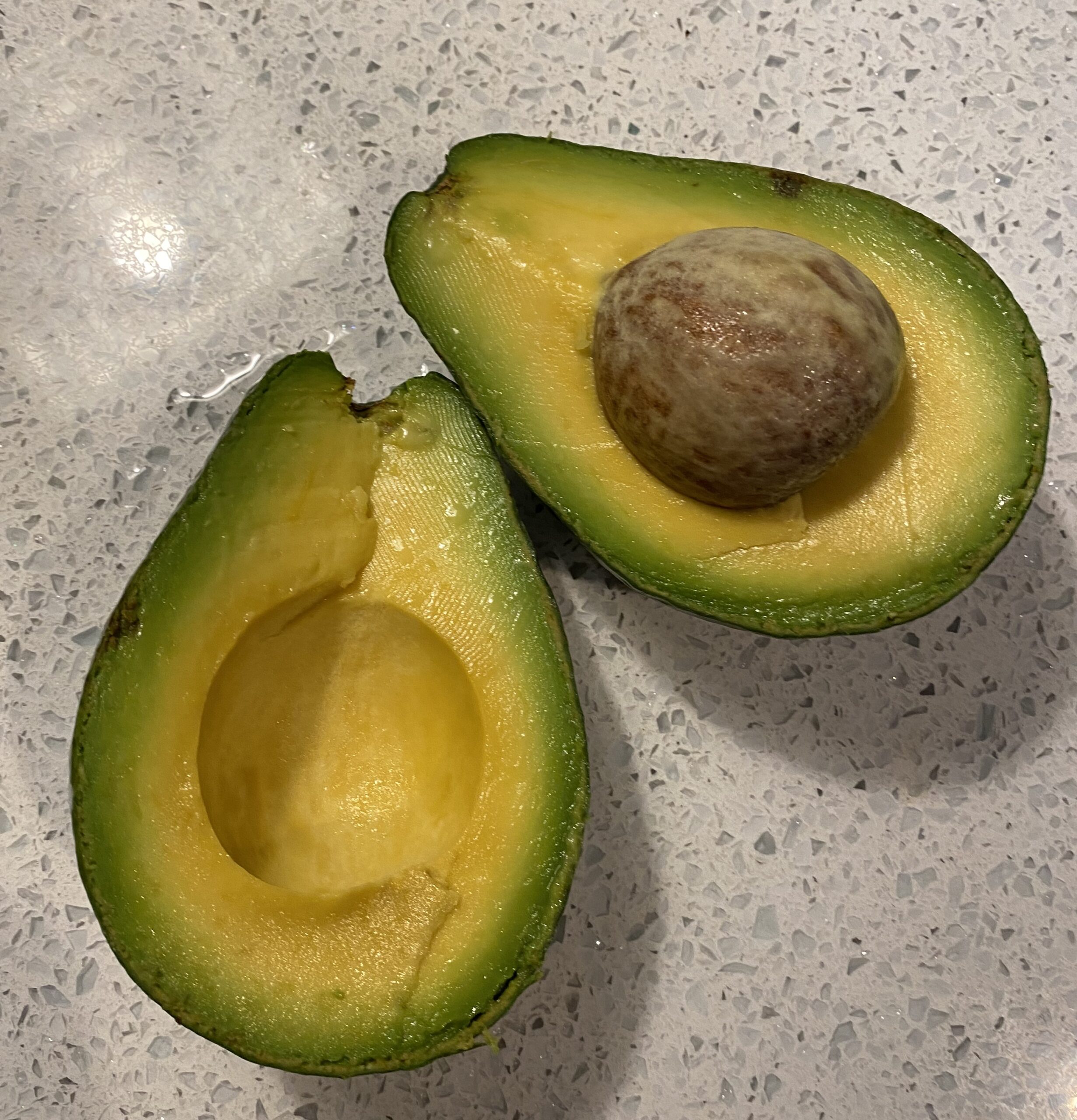Fiber is the unsung hero of a healthy diet—it supports digestion, manages blood sugar, lowers cholesterol, and helps you feel fuller longer. But let’s be real: adding more fiber too quickly can sometimes turn you into a balloon. If you’ve ever added a fiber-rich salad to your day and spent the next few hours feeling like you swallowed an air pump, you’re not alone. The good news? You don’t have to choose between eating more fiber and feeling comfortable. Here’s how you can boost your fiber intake without the bloat.
1. Slow and Steady Wins the Fiber Race
It’s tempting to go all-in when you learn about fiber’s benefits, but that’s where many go wrong. If you increase fiber too quickly, your digestive system may not be ready for the extra workload, leading to bloating and gas. The solution? Ease into it. Gradually increase your fiber intake over the course of a few weeks. Start with small amounts of fiber-rich foods like oats, chia seeds, or leafy greens, and build up as your body adjusts.
Pro Tip: Begin by adding just one serving of a high-fiber food to your daily routine, and after a few days, add more. This gives your gut time to adapt to the new fiber load.
2. Hydrate, Hydrate, Hydrate
One of the main reasons people feel bloated after eating fiber is because they forget to drink enough water. Fiber acts like a sponge, absorbing water as it moves through your digestive system. Without enough water, it can become sluggish and cause bloating or constipation.
Make it Work for You: Drink plenty of water throughout the day, especially when eating more fiber. A good rule of thumb is to aim for at least 8 cups of water a day, more if you’re active. Electrolyte drinks can also help balance hydration, especially during workouts, but don’t go overboard on sugary beverages.
3. Diversify Your Fiber Sources
All fibers are not created equal. There are two types of fiber—soluble and insoluble—and both play unique roles in your digestion. Soluble fiber (found in foods like oats, beans, and fruits) dissolves in water and forms a gel-like substance, which can help slow digestion and improve satiety. Insoluble fiber (found in whole grains, seeds, and many vegetables) helps bulk up your stool and keeps things moving.
For many people, the discomfort comes from eating too much of one type of fiber. If you’re only loading up on insoluble fiber (like bran or raw vegetables), it can be too harsh on your system, especially if you’re not used to it. Instead, mix it up with a balance of both types to keep your digestion running smoothly.
4. Choose Fiber-Friendly Foods
Some high-fiber foods are more likely to cause gas and bloating than others, especially beans, lentils, and cruciferous vegetables like broccoli and Brussels sprouts. While these are excellent sources of fiber, you might want to introduce them in smaller portions if they upset your stomach.
Instead, try foods that tend to be easier on the digestive system, like:
- Oats: Great for breakfast and easy to digest.
- Chia Seeds: High in fiber and healthy fats, these can be added to smoothies, yogurt, or water.
- Berries: Packed with soluble fiber and antioxidants.
- Avocados: A fiber powerhouse that’s gentle on the gut.
As your system gets used to fiber, you can slowly incorporate more beans and cruciferous veggies without the bloating side effects.
5. Make Friends with Probiotics
Sometimes the root cause of bloating when increasing fiber isn’t the fiber itself, but rather an imbalance in your gut bacteria. Fiber feeds the good bacteria in your gut, but if your microbiome is out of balance, the fermentation process can lead to gas. Probiotics, found in fermented foods like yogurt, kefir, and sauerkraut, can help balance your gut bacteria and improve digestion.
If you’re prone to bloating when eating more fiber, consider adding a probiotic supplement or incorporating more probiotic-rich foods into your diet. This can help ease the transition as you increase your fiber intake.
6. Don’t Forget to Move
Physical activity can help reduce bloating by encouraging your digestive system to keep moving. A brisk walk after a fiber-rich meal can help prevent the feeling of being overly full or bloated. Regular exercise also helps to keep your digestive system functioning efficiently, reducing the likelihood of discomfort.
7. Consider Cooking Your Veggies
Raw vegetables, while nutrient-dense, can sometimes be tough on the digestive system, especially when you’re increasing fiber intake. Cooking vegetables breaks down some of their fibers, making them easier to digest. Steaming, roasting, or lightly sautéing your veggies can help prevent bloating while still providing the benefits of fiber.
8. Track Your Fiber Intake
If you’re still struggling with bloating, consider keeping a food journal. Tracking what you eat and how you feel afterward can help you pinpoint specific foods or habits that may be contributing to your discomfort. You can then make adjustments, like spreading out your fiber intake throughout the day, rather than consuming it all in one meal.
In Conclusion
Adding fiber to your diet doesn’t have to leave you feeling like a balloon. By gradually increasing your intake, staying hydrated, diversifying your fiber sources, and making a few other smart choices, you can enjoy all the benefits of fiber—like better digestion, sustained energy, and weight management—without the uncomfortable side effects. Fiber truly is your friend, but it’s all about balance.
So, next time you’re ready to up your fiber game, do it the smart way, and say goodbye to the bloat!



